20 world-changing inventions from under 20s
Click the Link Below to view the article
https://edition.cnn.com/2018/03/14/world/20-young-inventors-who-changed-the-world/index.html
Hide Caption
20 of 20
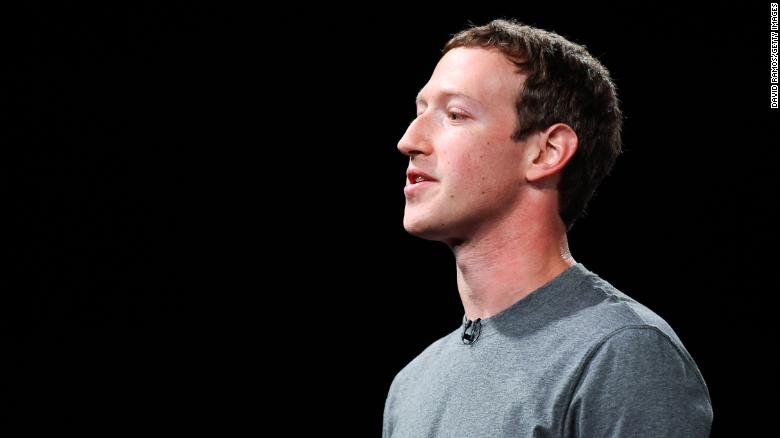
Photos: 20 world-changing inventions from under 20s
Facebook – A few months shy of his 20th birthday, Harvard student Mark Zuckerberg launched Facebook on February 4, 2004, alongside fellow students Dustin Moskovitz, Chris Hughes and Eduardo Saverin. By December 2004 it had 1 million active users; by September 30, 2017 it had 2.07 billion monthly active users worldwide. The site has evolved over the years, and is now considered an advertising powerhouse, reporting$39.9 billion in ad revenue in 2017. It has made Zuckerberg a rich man, with a net worth of $73.5 billion, according to Forbes.
Hide Caption
1 of 20
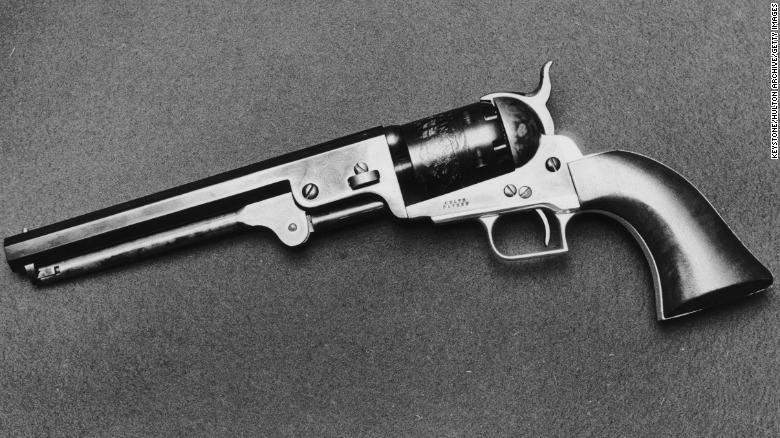
Photos: 20 world-changing inventions from under 20s
The revolver handgun – An 1851 Colt Navy revolver replica model. In 1830 a 16-year-old Samuel Colt sat on the brig of the Corlo, a sailing boat, and according to Popular Science observed the mechanics of the wheel and how each spoke came into line with the clutch. Inspired, he whittled a wooden model of a prototype revolver, which he took home and showed to his father, who had a gunsmith make two. Neither worked. Trials and tribulations followed for the young Colt, but by 1836 he had a patent in the United States, and by his death in 1862 his company was manufacturing 16 models and had produced 450,000 guns.
Hide Caption
2 of 20
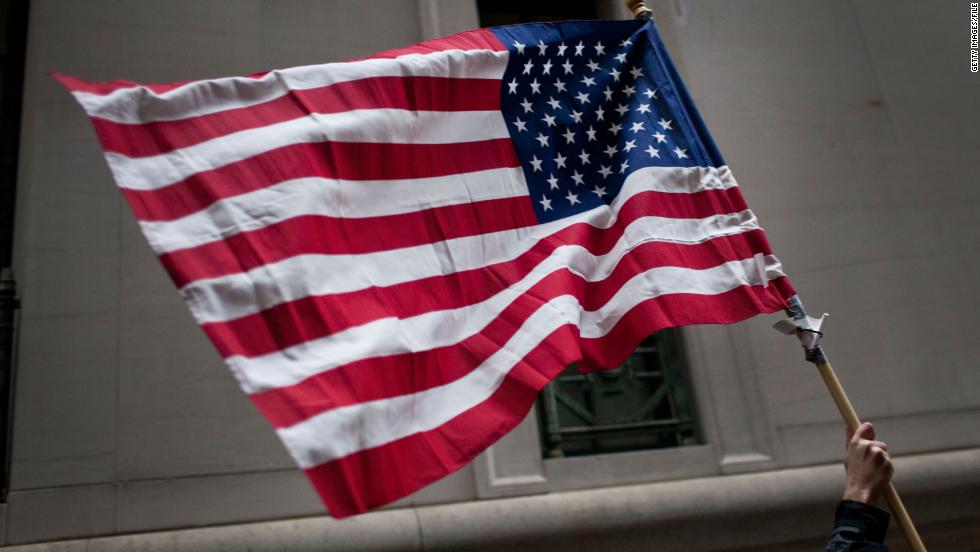
Photos: 20 world-changing inventions from under 20s
The current American flag – In 1958, Ohio high school student Robert Heft submitted his proposal for a redesign of the American flag as part of a history assignment. He cut up a flag in his grandparents' basement, and his overhaul of the 48-star flag added stars for Alaska and Hawaii. His teacher was none too impressed, awarding Heft a B-, but luckily someone else was: President Eisenhower. Heft had submitted his design to the White House when his teacher told him he'd up his grade once Congress accepted it. Heft watched his flag raised in Washington for the first time on July 4, 1960, and his teacher bumped his grade up to an A.
Hide Caption
3 of 20
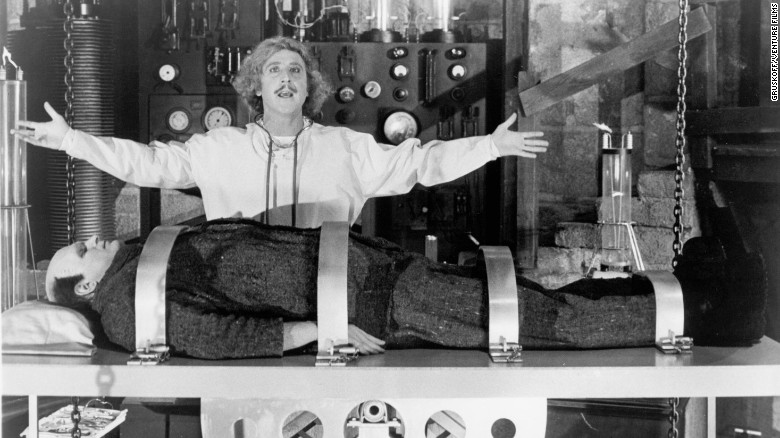
Photos: 20 world-changing inventions from under 20s
Science fiction – Mary Wollstonecraft Shelley can lay claim to starting science fiction as we know it when she began writing "Frankenstein" at age 18. She fused gothic horror and modern technology in a story both inspired by her travels around Europe and a wet summer in Geneva, 1816, in the company of poet Lord Byron and husband-to-be Percy Bysshe Shelley. Her novel was first published in 1818 (full title: "Frankenstein; or, The Modern Prometheus"), with updates in 1823 and 1831. It has been adapted for screen many times, including Mel Brooks' 1974 comedy "Young Frankenstein," starring Gene Wilder and Peter Boyle (pictured).
Hide Caption
4 of 20
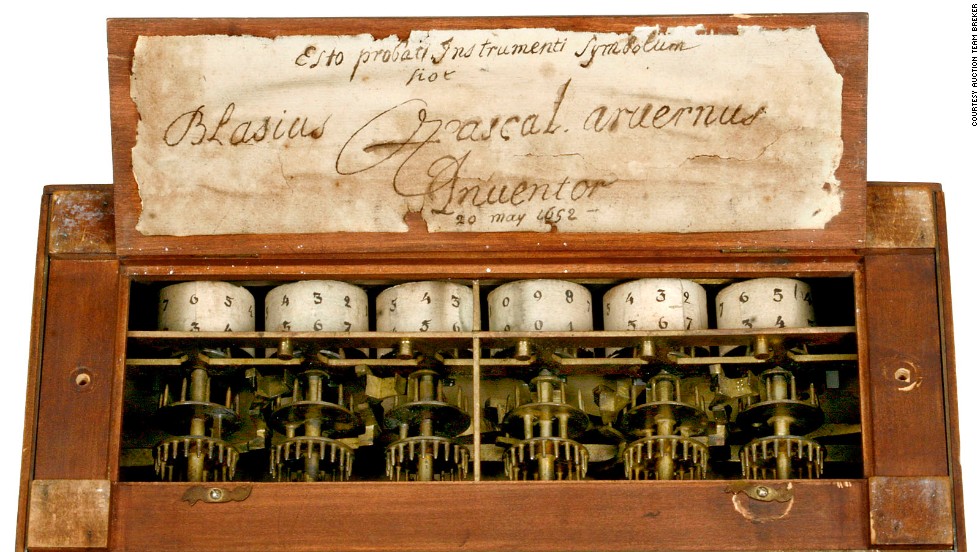
Photos: 20 world-changing inventions from under 20s
The calculator – Prodigious French mathematician, physicist and philosopher Blaise Pascal is perhaps best known for creating the mechanical calculator. Starting while still a teenager in 1642, and motivated by his tax administrator father's heavy workload, his device, called the Pascaline, could add and subtract integers using a wheel-based system.
Hide Caption
5 of 20
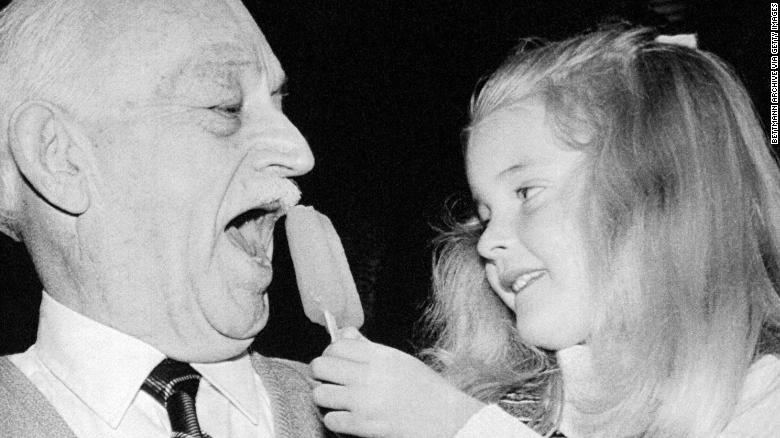
Photos: 20 world-changing inventions from under 20s
The Popsicle – One cold night in 1905, 11-year-old Frank Epperson (pictured left, when he was a bit older) left a glass with soda and a mixing stick on his porch. He awoke to find it frozen, a surprisingly ergonomic accident, "a handled, frozen confection or ice lollipop" that he went on to patent in 1924, according to hisNew York Times obituary.
Hide Caption
6 of 20
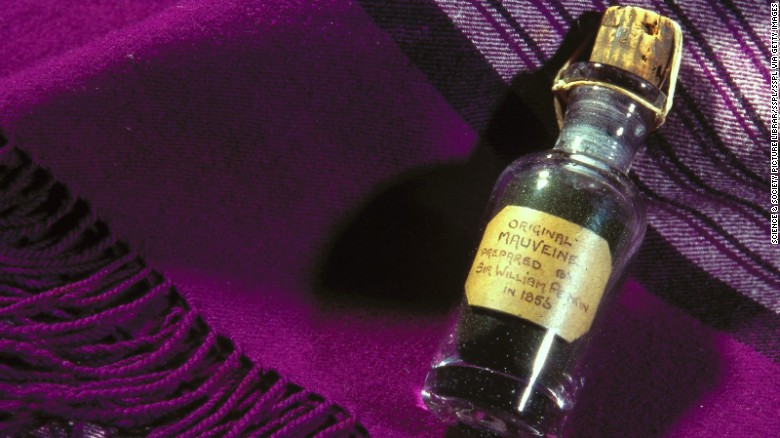
Photos: 20 world-changing inventions from under 20s
The first synthetic dye – In 1856, an 18-year-old by the name of William Henry Perkin was tasked with finding a cheap way to produce quinine by his chemistry teacher. Quinine was used at the time to treat malaria, but Perkin's creation, made from coal tar, did no such thing. What he'd made was a black goo, that when washed away left a vivid purple color. It transferred to cloth well, and costly and often messy natural dyes were supplanted by this happy accident. Perkin named it "Tyrian purple" before later settling for mauve.
Hide Caption
7 of 20
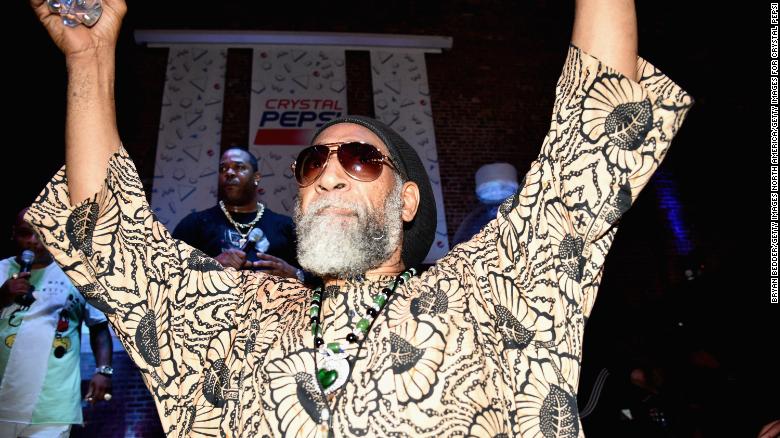
Photos: 20 world-changing inventions from under 20s
Hip-hop – The now-venerable Clive Campbell, better known as DJ Kool Herc, lies at the heart of the oft-disputed origins of hip-hop. As a teenager, the Jamaican-American held parties in the Bronx, and one night in 1973 at 1520 Sedgwick Ave., began slowing songs down. Herc would mix between the "break" sections of tracks -- a technique he called "The-Merry-Go-Round" -- looping percussive rhythms that became the backbone of the genre. Mixing elements of Jamaican "toasting" traditions, lyricism was introduced and hip hop was born.
Hide Caption
8 of 20
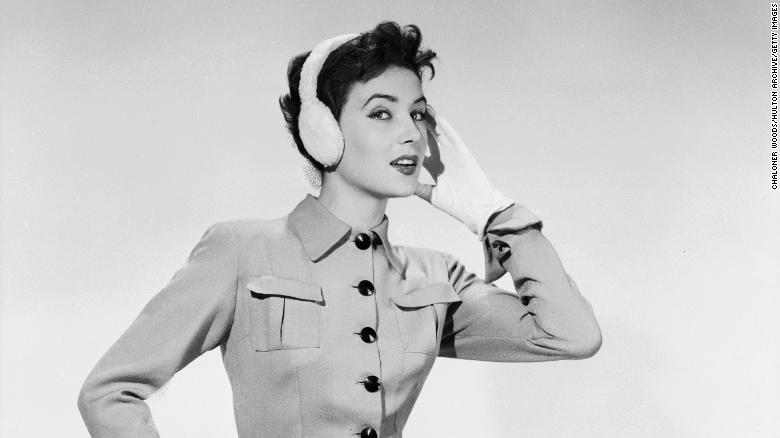
Photos: 20 world-changing inventions from under 20s
Earmuffs – Fifteen-year-old Chester Greenwood of Farmington, Maine, was ice skating when he came up with the idea for earmuffs. He asked his grandmother to fix pads of beaver fur to a wire frame, patented the idea and was producing 50,000 pairs every year by his mid-20s. By the time he died, 400,000 pairs of earmuffs were manufactured annually. Since 1977, the first day of winter (December 21) has been celebrated as Chester Greenwood Day in Farmington, with an annual parade in memory of the town's native son.
Hide Caption
9 of 20
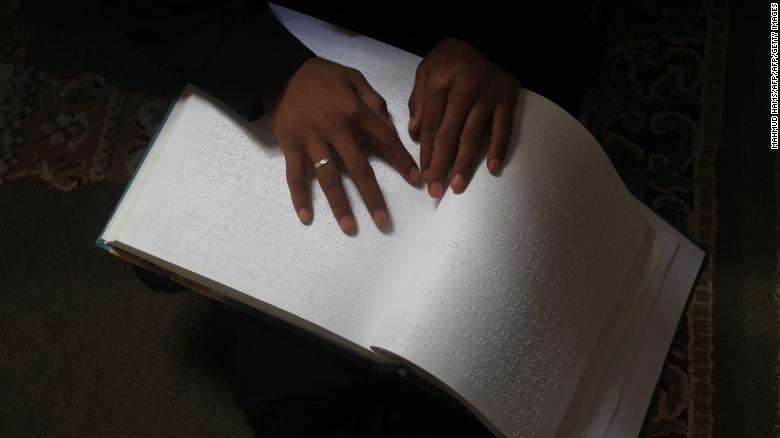
Photos: 20 world-changing inventions from under 20s
Braille – Nineteenth century Frenchman Louis Braille was blinded in an accident at age 3. This disability didn't prevent him from becoming an accomplished musician, but Braille is best known for adapting a military messaging system into an embossed dot reading format for the blind when he was 15. He published a number of Braille schoolbooks during his life, and a century after his 1852 death, Braille's body wasexhumed and reburied in the Pantheon in Paris alongside French national heroes in recognition of his achievements.
Hide Caption
10 of 20

Hide Caption
20 of 20

Photos: 20 world-changing inventions from under 20s
Facebook – A few months shy of his 20th birthday, Harvard student Mark Zuckerberg launched Facebook on February 4, 2004, alongside fellow students Dustin Moskovitz, Chris Hughes and Eduardo Saverin. By December 2004 it had 1 million active users; by September 30, 2017 it had 2.07 billion monthly active users worldwide. The site has evolved over the years, and is now considered an advertising powerhouse, reporting$39.9 billion in ad revenue in 2017. It has made Zuckerberg a rich man, with a net worth of $73.5 billion, according to Forbes.
Hide Caption
1 of 20
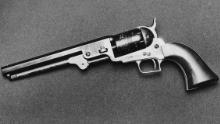
Photos: 20 world-changing inventions from under 20s
The revolver handgun – An 1851 Colt Navy revolver replica model. In 1830 a 16-year-old Samuel Colt sat on the brig of the Corlo, a sailing boat, and according to Popular Science observed the mechanics of the wheel and how each spoke came into line with the clutch. Inspired, he whittled a wooden model of a prototype revolver, which he took home and showed to his father, who had a gunsmith make two. Neither worked. Trials and tribulations followed for the young Colt, but by 1836 he had a patent in the United States, and by his death in 1862 his company was manufacturing 16 models and had produced 450,000 guns.
Hide Caption
2 of 20

Photos: 20 world-changing inventions from under 20s
The current American flag – In 1958, Ohio high school student Robert Heft submitted his proposal for a redesign of the American flag as part of a history assignment. He cut up a flag in his grandparents' basement, and his overhaul of the 48-star flag added stars for Alaska and Hawaii. His teacher was none too impressed, awarding Heft a B-, but luckily someone else was: President Eisenhower. Heft had submitted his design to the White House when his teacher told him he'd up his grade once Congress accepted it. Heft watched his flag raised in Washington for the first time on July 4, 1960, and his teacher bumped his grade up to an A.
Hide Caption
3 of 20

Photos: 20 world-changing inventions from under 20s
Science fiction – Mary Wollstonecraft Shelley can lay claim to starting science fiction as we know it when she began writing "Frankenstein" at age 18. She fused gothic horror and modern technology in a story both inspired by her travels around Europe and a wet summer in Geneva, 1816, in the company of poet Lord Byron and husband-to-be Percy Bysshe Shelley. Her novel was first published in 1818 (full title: "Frankenstein; or, The Modern Prometheus"), with updates in 1823 and 1831. It has been adapted for screen many times, including Mel Brooks' 1974 comedy "Young Frankenstein," starring Gene Wilder and Peter Boyle (pictured).
Hide Caption
4 of 20
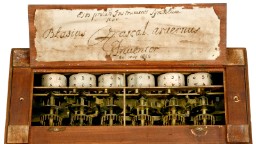
Photos: 20 world-changing inventions from under 20s
The calculator – Prodigious French mathematician, physicist and philosopher Blaise Pascal is perhaps best known for creating the mechanical calculator. Starting while still a teenager in 1642, and motivated by his tax administrator father's heavy workload, his device, called the Pascaline, could add and subtract integers using a wheel-based system.
Hide Caption
5 of 20
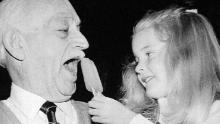
Photos: 20 world-changing inventions from under 20s
The Popsicle – One cold night in 1905, 11-year-old Frank Epperson (pictured left, when he was a bit older) left a glass with soda and a mixing stick on his porch. He awoke to find it frozen, a surprisingly ergonomic accident, "a handled, frozen confection or ice lollipop" that he went on to patent in 1924, according to hisNew York Times obituary.
Hide Caption
6 of 20
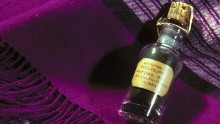
Photos: 20 world-changing inventions from under 20s
The first synthetic dye – In 1856, an 18-year-old by the name of William Henry Perkin was tasked with finding a cheap way to produce quinine by his chemistry teacher. Quinine was used at the time to treat malaria, but Perkin's creation, made from coal tar, did no such thing. What he'd made was a black goo, that when washed away left a vivid purple color. It transferred to cloth well, and costly and often messy natural dyes were supplanted by this happy accident. Perkin named it "Tyrian purple" before later settling for mauve.
Hide Caption
7 of 20

Photos: 20 world-changing inventions from under 20s
Hip-hop – The now-venerable Clive Campbell, better known as DJ Kool Herc, lies at the heart of the oft-disputed origins of hip-hop. As a teenager, the Jamaican-American held parties in the Bronx, and one night in 1973 at 1520 Sedgwick Ave., began slowing songs down. Herc would mix between the "break" sections of tracks -- a technique he called "The-Merry-Go-Round" -- looping percussive rhythms that became the backbone of the genre. Mixing elements of Jamaican "toasting" traditions, lyricism was introduced and hip hop was born.
Hide Caption
8 of 20

Photos: 20 world-changing inventions from under 20s
Earmuffs – Fifteen-year-old Chester Greenwood of Farmington, Maine, was ice skating when he came up with the idea for earmuffs. He asked his grandmother to fix pads of beaver fur to a wire frame, patented the idea and was producing 50,000 pairs every year by his mid-20s. By the time he died, 400,000 pairs of earmuffs were manufactured annually. Since 1977, the first day of winter (December 21) has been celebrated as Chester Greenwood Day in Farmington, with an annual parade in memory of the town's native son.
Hide Caption
9 of 20
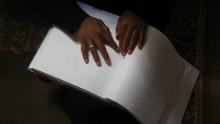
Photos: 20 world-changing inventions from under 20s
Braille – Nineteenth century Frenchman Louis Braille was blinded in an accident at age 3. This disability didn't prevent him from becoming an accomplished musician, but Braille is best known for adapting a military messaging system into an embossed dot reading format for the blind when he was 15. He published a number of Braille schoolbooks during his life, and a century after his 1852 death, Braille's body wasexhumed and reburied in the Pantheon in Paris alongside French national heroes in recognition of his achievements.
Hide Caption
10 of 20

No comments:
Post a Comment